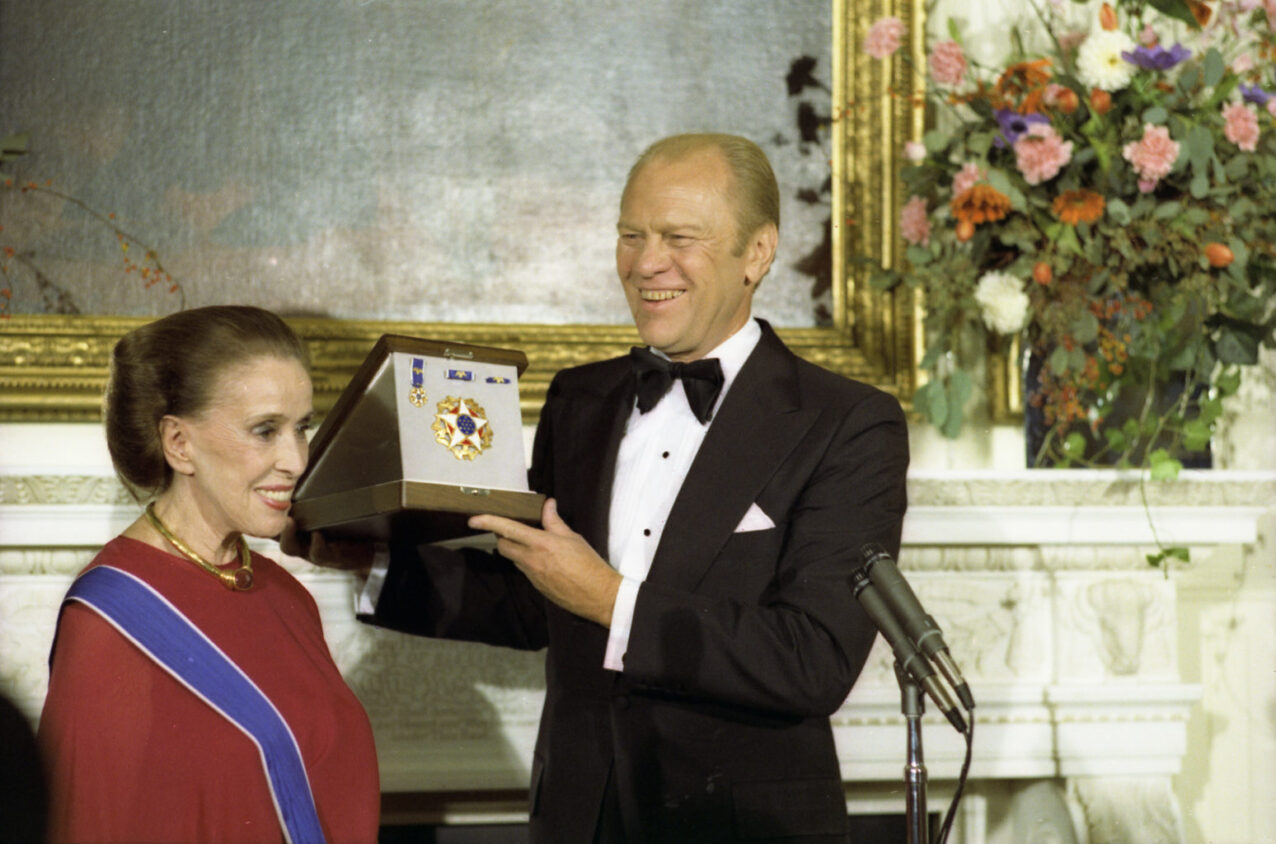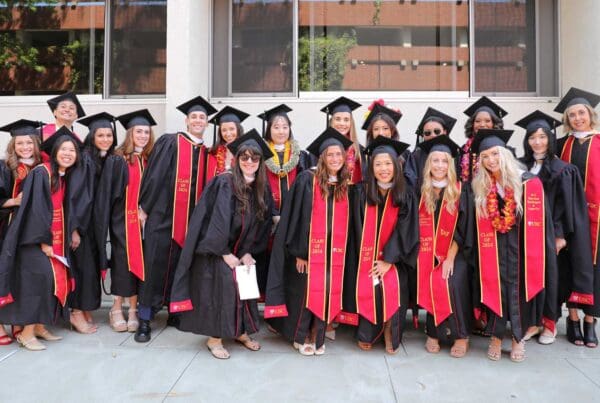Dorie Mattson ’80, CERT ’15 is an alumna of the USC Leonard Davis School of Gerontology and the USC Dornsife College of Letters, Arts and Sciences. She served as the Director of Dance for the Crystal Cathedral Ministries for 20 years and also taught arts and humanities at the Osher Institute for Lifelong Learning at California State University, Fullerton. The views expressed are her own. This column originally appeared in the Christian Post on October 8, 2017.
Creativity and the arts has found a foothold in the field of aging. Studies on aging and the arts have found that creativity does not recede in one’s latter years, but rather finds different modes of expression at different stages of the lifespan. Legendary American modern dancer, choreographer, and teacher, Martha Graham is a prime example of how the arts continue to flourish in one’s later years.
At the age of 73 Martha Graham made a creative shift. She ended her career as a choreographer, reemerged as the company director, and toured the country giving lecture demonstrations to educate the masses about her vision of modern dance…1 In 1976, President Gerald Ford awarded Martha Graham, then 82 years of age, the Presidential Medal of Freedom. In hailing her as a National Treasure, President Ford remarked that among the generations of young dancers she inspired was his wife, First Lady Betty Ford, who studied under the dance pioneer at her school in New York.
As a dance student at the University of Southern California, I was also inspired by this American modern dance pioneer. Yet, I was unaware of her contributions to aging and the arts until I pursued graduated studies at the USC Davis School of Gerontology. While the curriculum in gerontology is different than the school of dance, the creative legacy of Martha Graham straddles both schools.
Martha Graham’s evolving artistry epitomized what gerontologists refer to as “productive aging.” A term coined by Dr. Butler, founding director of the National Institute on Aging, “productive aging” is defined as any activity by an older individual that produces goods or services, or develops the capacity to produce them, whether they are to be paid or not.2 Since the mid-1980s productive aging has taken on new urgency as the average life expectancy rose to age 76.6 years. In 2020, 70 million baby boomers will constitute nearly 20% of the population.3
Productive aging increases the capacity to contribute creativity to the growth of society as we age. A notable example of an artist who made a significant creative contribution in his later years was the Bible’s beloved David. A man after God’s heart, a mighty soldier, and the king of Israel, David was also a gifted artist who was well versed in poetry, music and dance. In Psalm 108:1 he writes, “My heart is steadfast, O God; I will sing and make music with all my soul.”
Like Martha Graham, David’s creativity did not recede in his later years, but rather found a different mode of expression as God led him to establish the music ministry for the Temple of the Lord that his son Solomon built. The Temple music ministry consisted of singers and an orchestra. In 1 Chronicles 23:5 David says…”and four thousands praised the Lord with the instruments which I made. “Among the instruments David made for the music of the Temple of the Lord were cymbals, lyres, and harps.” 1 Chronicles 25:6.
While notable artists epitomize the vital role creativity plays in aging, every day millions of ordinary older adults engage in some form of artistic ministry. Such was the example of my grandfather, an ordinary man with a steadfast faith in God who sang joyful praises in the church choir throughout his life. Every day I begin my morning devotion by reading from my grandfather’s Bible. The creative contributions my grandfather dedicated to the Lord inspired me to follow in his footsteps, leaving a legacy that has profoundly influenced my life’s work and ministry.
With an increased lifespan and more retirement years available, it is likely that older adults will continue to contribute their vast creative talents, leaving a lasting legacy for generations to come. And devoting their creative talents to the work and worship of the church can help to make their last days be among their best days. As God’s precious promise found in Psalm 92:14 states, “Even in old age they will still produce fruit: they will remain vital and green.”
Above: President Gerald R. Ford Presents Martha Graham with the Presidential Medal of Freedom, October 1976 (photo: White House).
Notes
1 Moody, H. and Sasser, J., Aging: Concepts and Controversies, Sage Publications, Thousand Oaks, CA, 2012, pg. 125.
2 Butler, R., The Study of Productive Aging, Journal of Gerontology: Social Sciences, The Gerontological Society of America, Washington DC, 2002.
3 Moody, H. and Sasser, J., Aging: Concepts and Controversies, Sage Publications, Thousand Oaks, CA, 2012, pg. 420.





